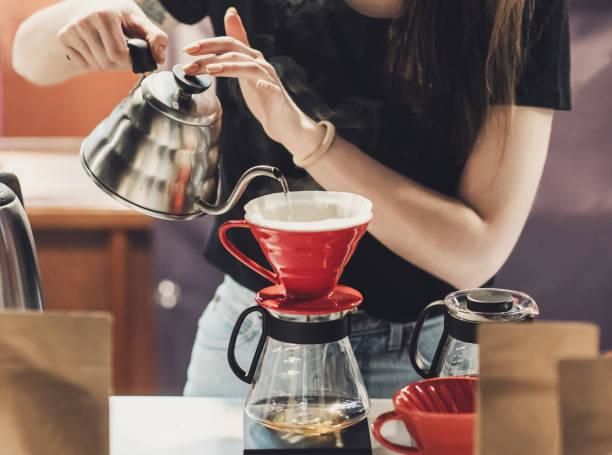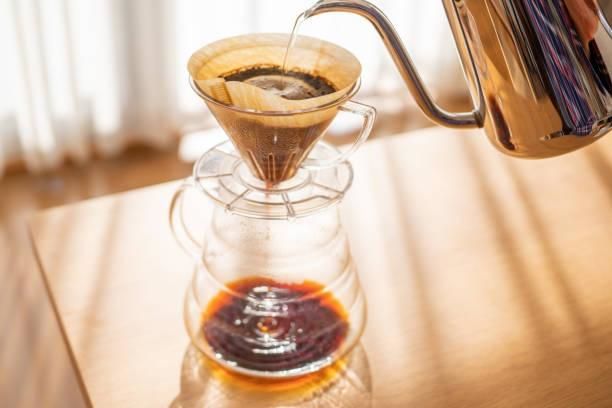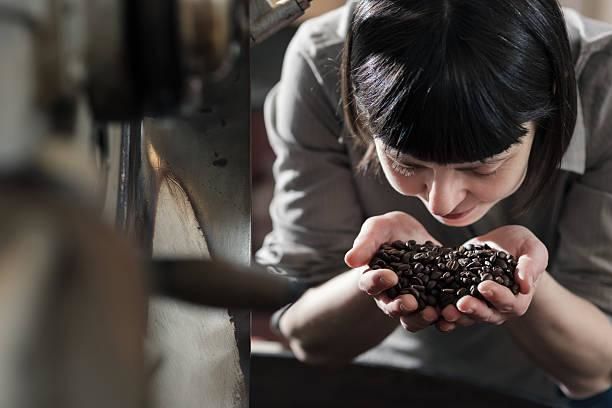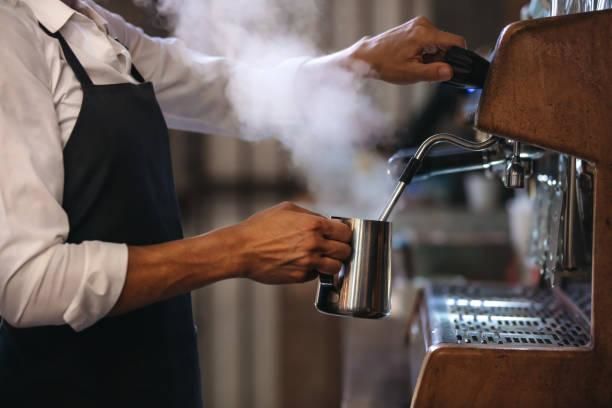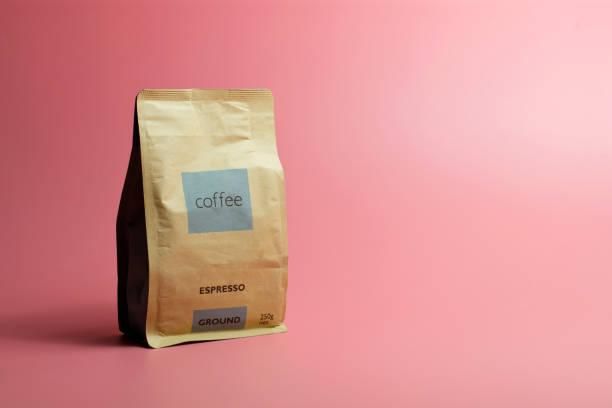Decaffeinated coffee, or “decaf,” is firmly entrenched as a highly sought-after commodity in the specialty coffee business.
While early versions of decaf coffee failed to pique the interest of customers, new data indicates that the worldwide decaf coffee market is likely to reach $2.8 billion by 2027.
This expansion could be attributable to scientific developments that have resulted in the use of safer, more organic decaffeination processes. Sugarcane ethyl acetate (EA) processing, often known as sugarcane decaf, and the Swiss Water decaffeination procedure are two examples.
Sugarcane processing, also known as natural decaffeination, is a natural, clean, and environmentally friendly technique of decaffeinating coffee. As a result, sugarcane decaf coffee is gaining popularity in the industry.
The Evolution of Decaffeinated Coffee
As early as 1905, benzene was employed in the decaffeination procedure to remove caffeine from already soaked green coffee beans.
Long-term exposure to high quantities of benzene, on the other hand, has been shown to be harmful to human health. Many coffee drinkers were naturally concerned about this.
Another early method was using methylene chloride as a solvent to dissolve and extract caffeine from damp green beans.
The ongoing use of solvents alarmed health-conscious coffee drinkers. However, in 1985, the Food and Drug Administration (FDA) approved these solvents, claiming that the chance of health concerns from methylene chloride was low.
These chemical-based techniques immediately contributed to the “death before decaf” moniker that has accompanied the offering for years.
Consumers were also concerned that these methods changed the flavors of the coffee.
“One thing we noticed in the traditional decaf market was that the beans they were using were usually stale, old beans from previous crops,” says Juan Andres, who also trades specialty coffee.
“So, the decaf process was frequently about masking the flavors from old beans, and this is what the market was primarily giving out,” he continues.
Decaf coffee has grown in popularity in recent years, particularly among Millennials and Generation Z, who prefer holistic health solutions through diet and lifestyle.
These individuals are more likely to prefer caffeine-free beverages for health reasons, such as improved sleep and decreased worry.
This is not to imply that caffeine has no benefits; studies have shown that 1 to 2 cups of coffee can boost alertness and mental efficiency. Rather, it is intended to provide options for people who may be adversely affected by caffeine.
Improved decaffeination procedures have also contributed to the retention of coffee’s inherent properties, aiding in the product’s reputation.
“There has always been a market for decaf coffee, and the quality has certainly changed,” says Juan Andres. “When the right raw materials are used in the sugarcane decaf process, it really enhances the flavor and taste of the coffee.”
“At Sucafina, our EA decaf offering consistently cupping at an 84 point SCA target,” he continues.
How does the sugarcane decaf production process work?
Decaffeinating coffee is frequently a complex procedure that necessitates the services of specialized firms.
The search for healthier, more sustainable techniques began once the coffee industry moved away from solvent-based methods.
The Swiss Water technique, which began in Switzerland around 1930 and acquired commercial success in the 1970s, is one such process.
The Swiss Water process is soaking coffee beans in water and then filtering the caffeine-rich water through activated carbon.
It produces chemical-free decaffeinated coffee while preserving the beans’ unique origin and flavor qualities.
The supercritical carbon dioxide procedure is another more environmentally beneficial decaffeination method. This method includes dissolving the caffeine molecule in liquid carbon dioxide (CO2) and drawing it out of the bean.
While this produces a smooth decaf offering, the coffee may taste light or flat in other situations.
The sugarcane process, which originated in Colombia, is the last method. To extract caffeine, this method use the naturally occurring molecule ethyl acetate (EA).
Green coffee is steamed at a low pressure for around 30 minutes before being soaked in an EA and water solution.
When the beans have reached the desired saturation level, the solution tank is emptied and replenished with fresh EA solution. This technique is performed multiple times until the beans are decaffeinated sufficiently.
The beans are then steamed to eliminate any remaining EA before being dried, polished, and packed for distribution.
The ethyl acetate used is made by combining sugarcane and water, making it a healthier decaf solvent that does not interfere with the coffee’s natural flavors. Notably, the beans retain a mild sweetness.
The freshness of the beans is one of the most significant aspects in this process.
Should coffee roasters sell sugarcane decaf?
While many specialty coffee professionals are divided on the possibility of premium decaf, it is apparent that there is a growing market for it.
Many roasters across the world now offer speciality grade decaf coffee, which means it is recognized by the speciality Coffee Association (SCA). Furthermore, an increasing number of roasters are opting for the sugarcane decaf procedure.
Roasters and coffee shop owners may benefit from adding decaf coffee to their products as the popularity of decaf coffee and the sugarcane process grows.
Most roasters have had good luck with sugarcane decaf beans, noting that they roast to a medium body and medium-low acidity. The final cup is frequently flavored with milk chocolate, tangerine, and honey.
The flavor profile of sugarcane decaf must be properly kept and packaged in order for consumers to comprehend and appreciate it.
Your sugarcane decaf coffee will continue to taste excellent even after you’ve finished it thanks to environmentally friendly packaging alternatives like kraft or rice paper with a PLA inside.
Coffee packaging alternatives constructed from renewable resources like kraft paper, rice paper, or multilayer LDPE packaging with an eco-friendly PLA lining are available from Cyan Pak.
Furthermore, we provide our roasters total creative freedom by letting them create their own coffee bags. This implies that we may assist in creating coffee bags that highlight the distinctiveness of your options for sugarcane decaf coffee.
Post time: Jul-20-2023


